Cabbage Wintergreen: A Cold-Resilient Marvel for Your Winter Garden!
Introducing Wintergreen Cabbage, a resilient and cold-hardy variety that stands strong against chilly temperatures, providing you with fresh, crisp heads even during the winter months. This cabbage features tightly packed, smooth leaves with a sweet and mild flavour. Here’s a brief guide on how to cultivate Wintergreen Cabbage:
Growing Guide:
- Cold-Tolerant Planting: Wintergreen Cabbage thrives in cooler temperatures. Plant in late summer or early fall for a winter harvest.
- Spacing: Plant seedlings with adequate spacing, typically 12-18 inches apart, to allow for proper air circulation.
- Protection Measures: Provide row covers or frost protection during severe cold snaps to ensure the heads remain in top condition.
Wintergreen Cabbage is an excellent choice for hearty soups, stews, and sautés during the winter season. Its ability to withstand colder temperatures makes it a valuable addition to any winter garden, providing fresh produce when other options may be limited.
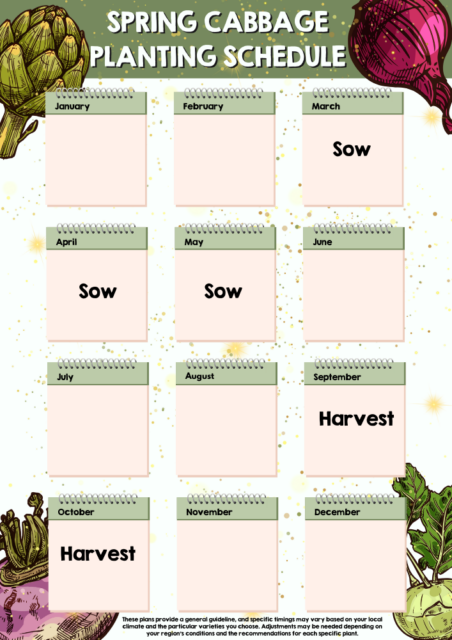
What to do when your plants arrive
- Unpack them. Your seedlings will arrive carefully packed in bio-degradable straw, cardboard and paper. They may look a little bit bedraggled from their journey. Don’t panic – this is totally normal and they should soon perk up. Please try and unpack your plants as soon as they arrive, as every extra hour they spend in the box will add to the stress of travelling to their new home.
- Give them a drink. Having spent a day or two in the post, your new plants will be thirsty! Stand them up in some fresh water for a few minutes to make sure their roots have been thoroughly soaked before planting.
- Plant them out into their forever home! Your plants can’t wait to get their roots into the soil. Plant them out according to the instructions that will have come in the box with them. Make sure you water them in well, and give them plenty to drink until their roots have had a chance to get settled.
Substitutions
As you well know, plants are unpredictable creatures and so is the British weather. As such, we reserve the right to substitute items in your order for an equivalent variety. To find out more about substitutions, please take a look at our terms and conditions.
Delivery
We charge a flat shipping fee of £6.99 per shipping season. If you order everything from one season ie Spring you will be charged once, if you order Spring and Summer you will be charged twice etc. We do not ship outside of the UK.
Where can I send a gift card?
All of our products are available to send to UK addresses only. The products that the recipient can redeem their gift card on will only be mailed to a UK postal address. Postage is free for physical Gift Cards, as well as on the products that can be redeemed.
Terms and Conditions
Please click here for further information including returns and refunds.
Planning your site
Brassicas need deep, firm, moisture retentive soil and like to be planted in a sunny site whether grown in raised beds or a well dug veg patch. We would recommend giving your brassicas up to 45cm between them as they can get quite big (which is how we like them isnt it!)
Growing tips
When you plant your brassicas, a really top tip is to put a 10cm diameter circle of old carpet or cardboard on the soil around the stem. This is known as a brassica collar and it will protect your brassicas from the dreaded cabbage root fly. Regular watering is very important during dry spells and you do not want your plants to dry out in general. Use a liquid nitrogen feed once they’ve started to produce new growth.
What to watch out for
Cabbage White Butterflies are a beautiful but terrible scourge of brassicas! They lay eggs on the plants which soon become very very hungry caterpillars which will decimate your crop unbelievably quickly. If you see white butterflies flitting around then shoo them away or even better, make sure your brassicas are well netted. This will also deter pigeons which are another major problem for good brassica growth. Flea beetles attack swedes and turnips though radishes are the worst affected. Whitefly may cover brassicas and great clouds of them will fly up when the leaves are disturbed though they don’t do too much damage on the whole. Cabbage root fly and club root infection are major problems for brassicas and we recommend that you familiarise yourself with the symptoms and management procedures if you are growing these plants.
Only logged in customers who have purchased this product may leave a review.

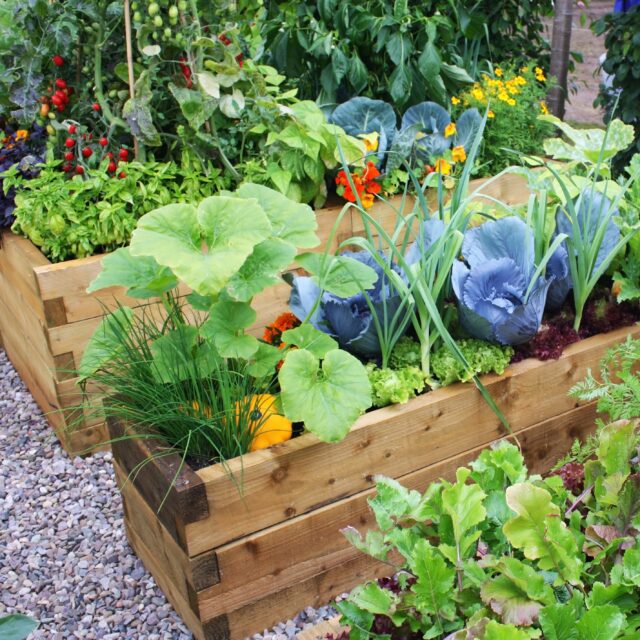
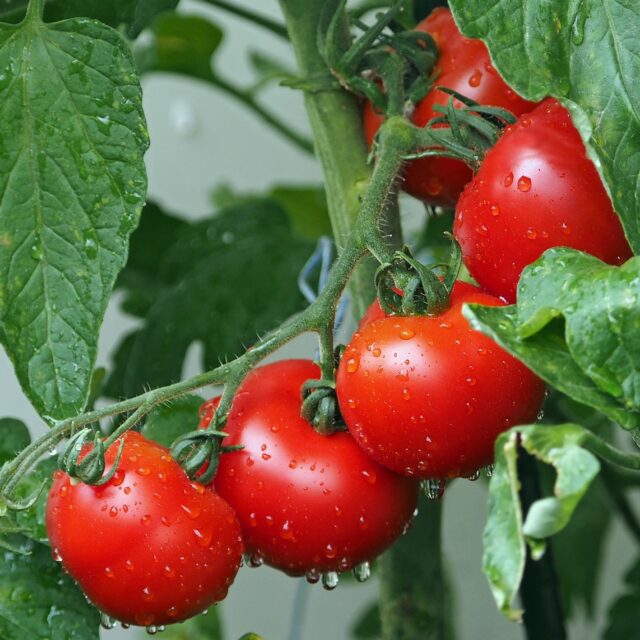
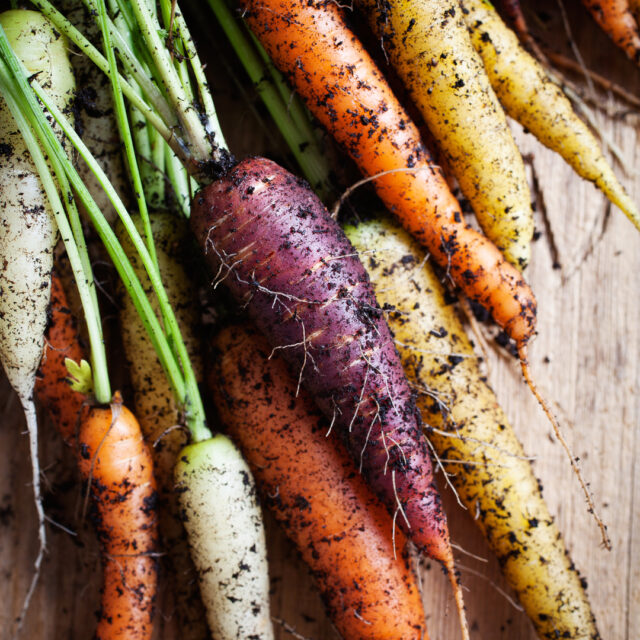
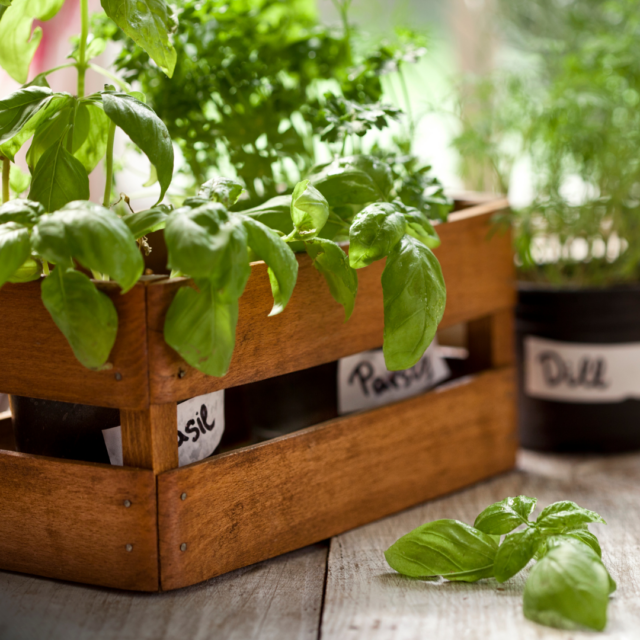
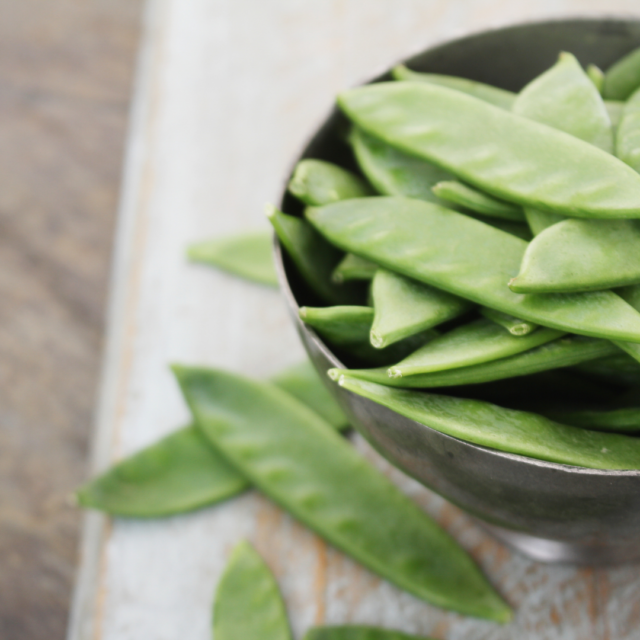
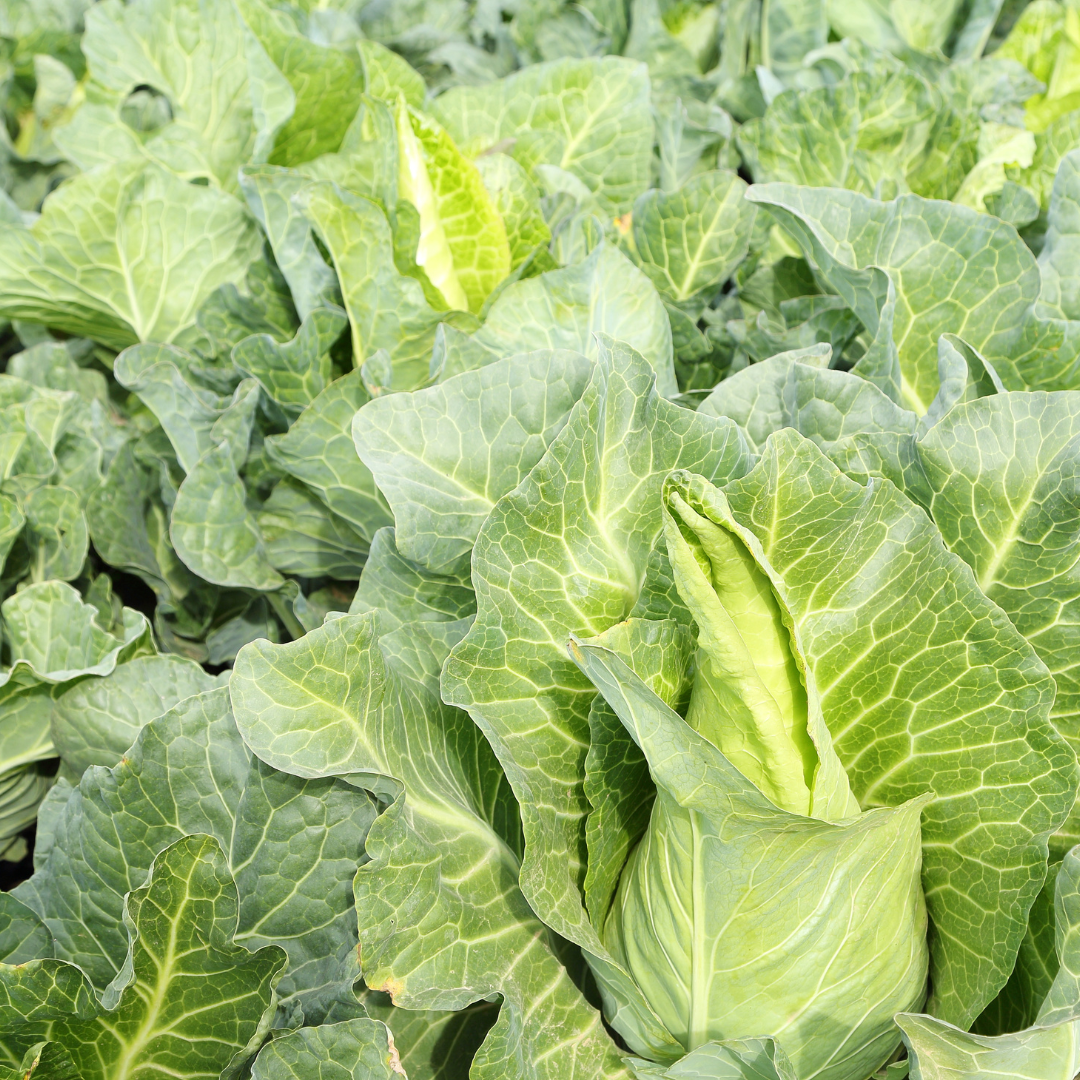
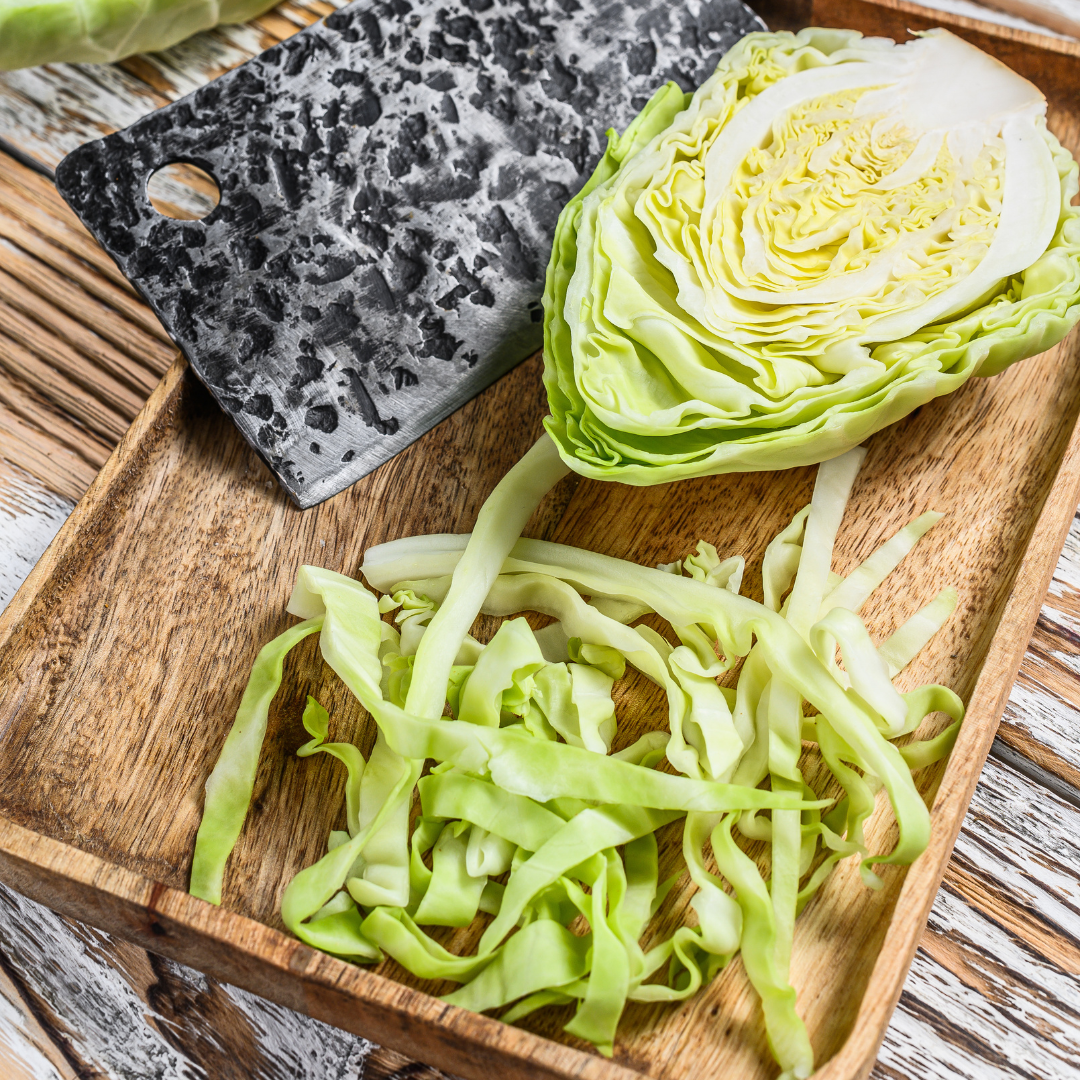
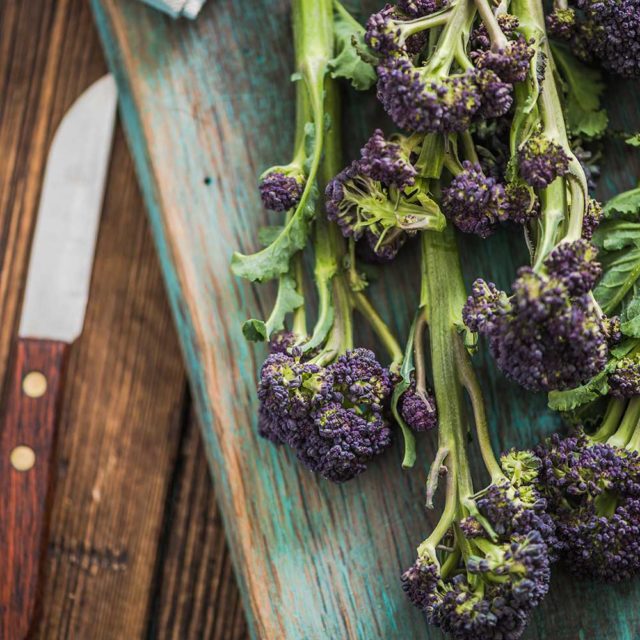
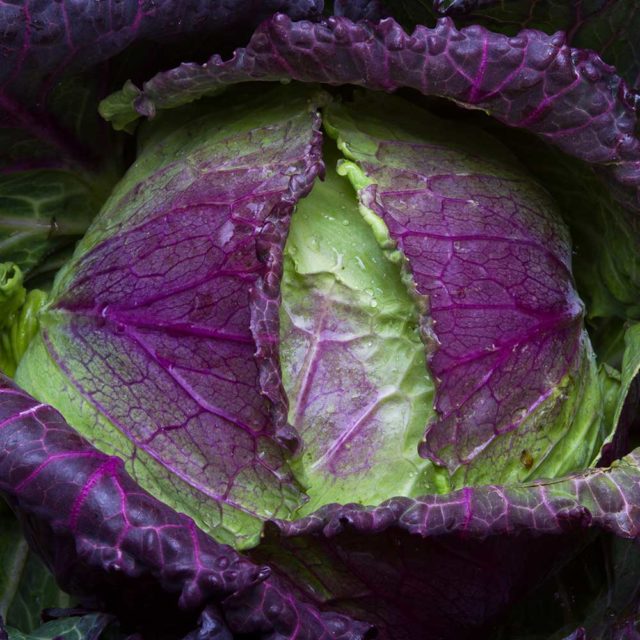
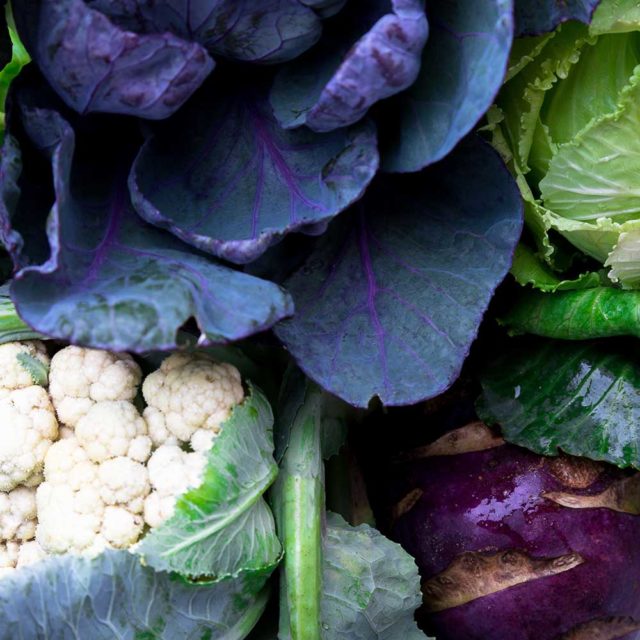
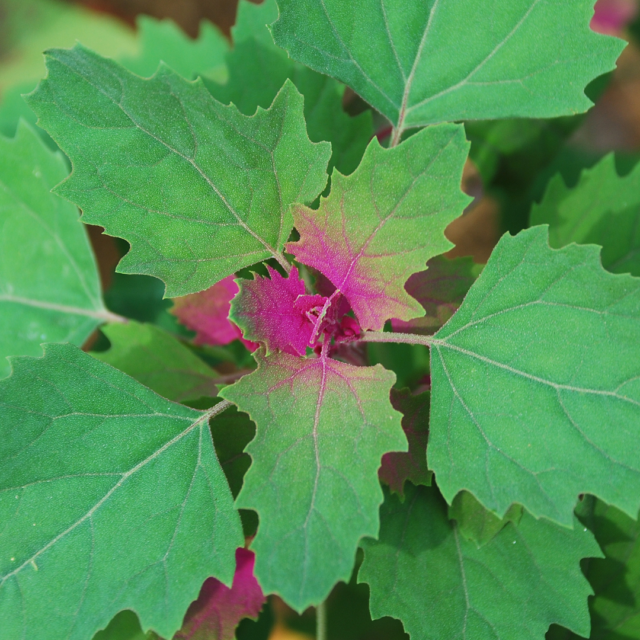

Reviews
There are no reviews yet.